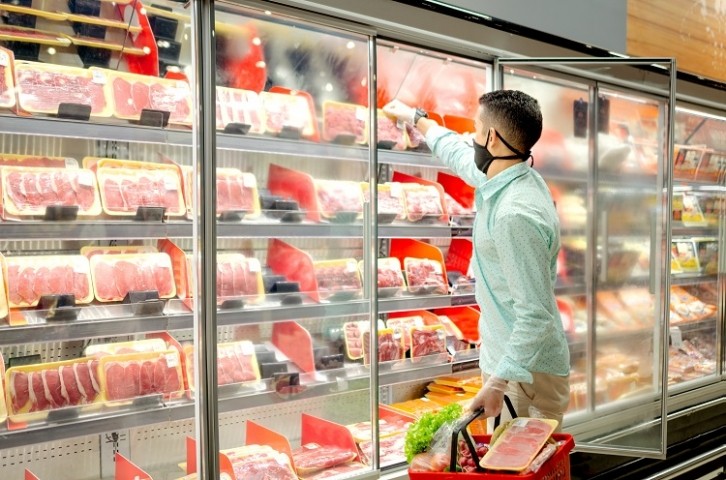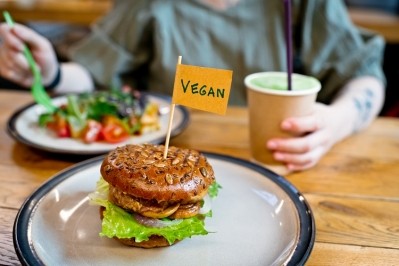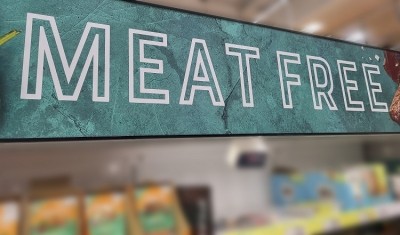How do 'norms perceptions' relate to meat consumption habits?

What we eat, when we eat, and where we eat is, like many other behaviours throughout our lives, influenced by our perceptions of what is normal. Our social norms are guided by the behaviour of others, which shapes how we feel we should act and what we should eat. Our personal norms, on the other hand, reflect the norms we believe we should follow – they are, in a sense, ‘internalised social norms.’
Norm perceptions around meat can be complex, and may vary dramatically. In the current climate, perceptions around meat linked to climate change and animal suffering are becoming more widespread as vegetarian and vegan markets grow, and yet cultural norms around eating meat are still fairly pervasive across many contexts. Thus, what people perceive as normal differs from group to group, and from individual to individual.
A new study, published by the journal Appetite, looks into how one’s level of meat consumption can influence how they perceives norms. Using a sample of 1205 UK participants, it assessed how people viewed norms around eating meat.
“Consumers are sensitive to what others do and find appropriate. But what we found is that what people find normal and appropriate in terms of eating meat differs across contexts and meat consumer groups,” Sofia Wolfswinkel, one of the researchers, told FoodNavigator.
Different consumption habits
The sample was split into four types of participant. Meat lovers consisted of 33% of the sample, and ate a relatively large amount of red and white meat, relatively low amount of fish, and close to no meat substitutes.
Next came exceeders, who consisted of 8.5% of the sample, and ate the highest amount of red and white meat and fish, and more meat substitutes than the meat lovers (a similar amount to flexitarians).
Thirdly, there were the flexitarians, accounting for 13.1%, consuming the lowest amount of red and white meat and a higher level of meat substitutes than meat lovers.
Finally, moderates accounted for 45.3%, consumed similar levels of red and white meat to flexitarians, but almost no meat substitutes.
Perceiving norms
The consumers’ meat consumption habits affected how they perceived meat consumption norms. For example, flexitarians perceived the weakest descriptive norm (social norms relating to the perception of what is typically done) towards meat consumption compared with meat lovers, moderates and exceeders.
Meat lovers and exceeders, however, perceived the strongest injunctive norm (social norms which proscribe how to behave) towards meat consumption, with flexitarians having the weakest. They also had the weakest personal norms favouring meat consumption.
Conversely, flexitarians had the strongest norm perceptions around the avoidance of meat, with meat lovers and exceeders showing the weakest.
Flexitarians showed the strongest dynamic norm perception (the perception of a norm changing over time) towards meat consumption, and meat lovers had the weakest. This means that flexitarians perceived norms around meat consumption changing more than did meat lovers.
Overall, norms favouring meat consumption were consistently perceived as stronger among exceeders and meat lovers, compared to flexitarians and moderates.

The study also assessed the contexts which favoured norms around meat consumption and which did not. For example, descriptive norms found that meat consumption was significantly favoured in a restaurant or supermarket context over a worksite cafeteria context. In fact, injunctive norms and personal norms both found that meat consumption in a supermarket was perceived as significantly more normal than restaurant or worksite cafeteria.
For all consumer groups except flexitarians, descriptive norms favouring meat consumption was strongest in the supermarket and restaurant setting, and weakest in the worksite cafeteria. The supermarket was consistently either the strongest or one of the strongest for injunctive norms and personal norms across the groups as well. The worksite cafeteria, on the other hand, consistently had the weakest norm perceptions linked to eating meat, across descriptive, injunctive and personal norms.
“Food environments such as the supermarket and restaurant are, generally speaking, characterized by a high availability of meat products and options. Previous studies have shown that this availability may communicate that eating meat is normal in the same way as seeing other people eat or choose meat does. Plus, a higher availability of meat may also increase the opportunity to see others choosing meat.” Wolfswinkel told us.
“The food industry might want to play into this by experimenting with more plant-based or vegetarian supply in settings such as the worksite cafeteria where eating meat is considered less normal. Or enhancing this further by setting plant-based and vegetarian options as the default choice.”
Meat substitute norms
While there was certainly a strong correlation between meat consumption and norm perceptions around it, the study also picked up that meat substitute consumption didn’t necessarily align with norms around meat reduction.
For example, exceeders and flexitarians consumed a similar amount of meat substitutes. However, while flexitarians had strong norm perceptions around meat reduction, exceeders did not. Meat lovers and moderates both presented no meat substitute consumption, although moderates perceived dynamic norms favouring meat reduction more than meat lovers.
Even meat consumption itself didn’t necessarily align with norms. Flexitarians had the strongest norm perception towards meat reduction, yet consumed a similar amount of meat to moderates.
Sourced From: Appetite
'How perceptions of meat consumption norms differ across contexts and meat consumer groups'
Published on: 23 January 2024
Doi: https://doi.org/10.1016/j.appet.2024.107227
Authors: S. Wolfswinkel, S. Raghoebar, H. Dagevos, E. de Vet, M. P. Poelman
























